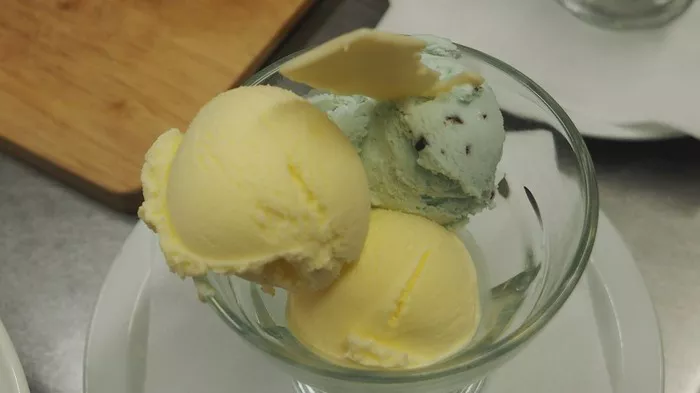Ice cream is a universal delight, enjoyed by people of all ages and backgrounds around the globe. In China, a nation known for its rich culinary heritage, the love for ice cream is no exception. As the demand for frozen treats continues to rise in the Chinese market, consumers are spoiled for choice with a plethora of brands vying for their attention. In this article, we delve into the question: What is the top ice cream brand in China?
Understanding the Chinese Ice Cream Market
Before we identify the leading ice cream brand in China, it’s crucial to comprehend the dynamics of the market. With a population exceeding 1.4 billion and a rapidly expanding middle class, China presents a lucrative opportunity for ice cream manufacturers. The country’s changing consumer preferences, influenced by factors such as urbanization, increasing disposable income, and exposure to Western lifestyles, have propelled the growth of the ice cream industry.
What is the Top Ice Cream Brand in China?
Amidst the plethora of options available to Chinese consumers, one brand consistently stands out as a frontrunner in the ice cream market: Nestlé. With its global reputation for quality and innovation, Nestlé has captured the hearts and taste buds of Chinese consumers with its diverse range of ice cream offerings.
Nestlé: A Household Name
Nestlé’s dominance in the Chinese ice cream market can be attributed to several factors. Firstly, the brand’s longstanding presence in China has enabled it to build strong brand recognition and trust among consumers. Additionally, Nestlé’s commitment to product quality and safety resonates well with Chinese consumers who prioritize food safety and authenticity.
Innovative Product Offerings
One of the key strategies that have propelled Nestlé to the top of the ice cream market in China is its focus on innovation. The brand continuously introduces new and exciting flavors tailored to suit the preferences of Chinese consumers. From traditional flavors like green tea and red bean to more exotic offerings such as durian and lychee, Nestlé ensures that there is something for everyone in its product lineup.
Expansion and Localization
Another factor contributing to Nestlé’s success in China is its emphasis on localization. Recognizing the importance of catering to local tastes and preferences, the brand has adapted its products to suit the Chinese palate. Furthermore, Nestlé has invested heavily in expanding its distribution network across China, ensuring that its products are readily available to consumers in both urban and rural areas.
Marketing and Branding
Nestlé’s marketing and branding efforts have played a significant role in solidifying its position as the top ice cream brand in China. The brand leverages various marketing channels, including television, social media, and celebrity endorsements, to connect with consumers and reinforce its brand image. Additionally, Nestlé’s packaging and branding are designed to appeal to Chinese consumers, further enhancing its appeal in the market.
Competitive Landscape
While Nestlé may hold the title of the top ice cream brand in China, it faces stiff competition from both domestic and international players. Chinese consumers have a wide range of options to choose from, including local brands such as Mengniu and Yili, as well as international giants like Unilever’s Wall’s and Haagen-Dazs.
Local Competition
Domestic ice cream brands in China have been gaining traction in recent years, capitalizing on their understanding of local tastes and preferences. Companies like Mengniu and Yili have invested heavily in research and development to create innovative flavors that resonate with Chinese consumers. Additionally, these brands often have a price advantage over their international counterparts, making them more accessible to a broader segment of the population.
International Players
International ice cream brands have also made significant inroads into the Chinese market, leveraging their global reputation and expertise in product development. Brands like Wall’s and Haagen-Dazs offer premium ice cream products targeted at affluent Chinese consumers who are willing to pay a premium for quality and indulgence. However, these brands face challenges such as stiff competition and the need to adapt to local tastes and preferences.
Conclusion
In conclusion, while there are numerous contenders in the Chinese ice cream market, Nestlé emerges as the top brand, thanks to its commitment to quality, innovation, and localization. With its diverse range of products, strong brand recognition, and effective marketing strategies, Nestlé continues to capture the hearts and taste buds of Chinese consumers. However, the landscape is dynamic, and competitors both domestic and international continue to vie for a share of this lucrative market. As consumer preferences evolve and competition intensifies, the battle for supremacy in the Chinese ice cream market is sure to heat up.


